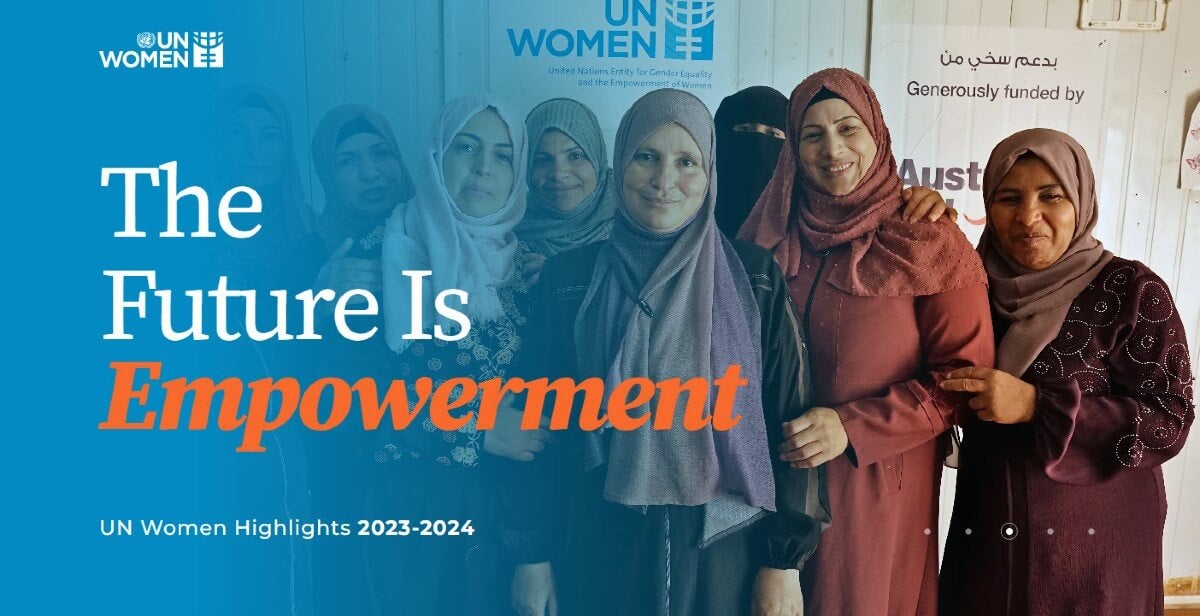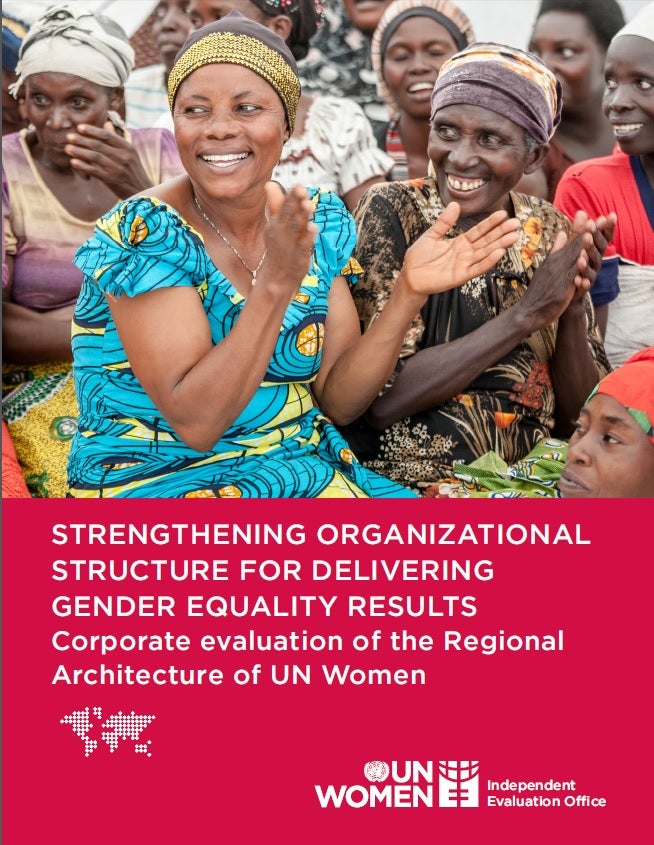Strengthening organizational structure for delivering gender equality results: Corporate evaluation of the regional architecture of UN Women
UN Women was designed with a regional architecture that aims to maximize the organization’s ability to deliver on its mandate. The overall goal of the regional architecture was to delegate authority to maximize the organization’s ability to deliver on its mandate in a more effective and efficient way and bring capacity closer to the field in order to increase contribution to the achievement of results.
UN Women’s Independent Evaluation Office undertook this corporate evaluation to assess the implementation of the regional architecture from its launch in 2012 to the first quarter of 2016, with the aim of informing future plans for strengthening the institutional set-up, especially in the framework of designing the new Strategic Plan 2018-2021. The evaluation covers the relevance, organizational effectiveness and administrative efficiency of UN Women’s regional architecture, including its organizational capacity to deliver on all aspects of the UN Women mandate—normative, operational and United Nations (UN) coordination at the global, regional and country levels.
The scope of the evaluation included field presence and divisions in Headquarters. The evaluation was based on gender and human rights principles, and adhered to the UN Evaluation Group’s norms and standards for evaluation. A specific evaluation objective on human rights and gender equality was included, and specific questions on gender responsiveness were mainstreamed across the evaluation criteria.
This evaluation brings to light important findings, conclusions and recommendations on the implementation of the regional architecture that can enhance UN Women’s contribution to gender equality.










